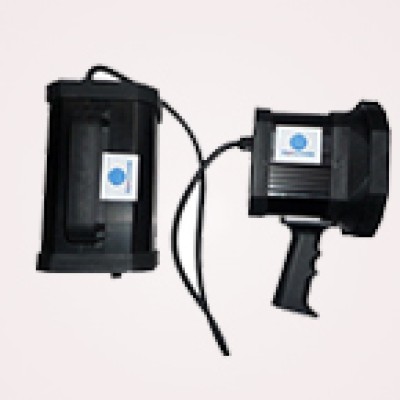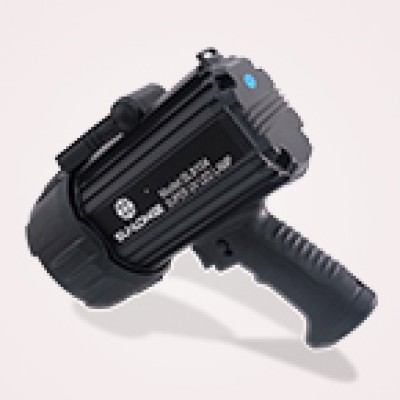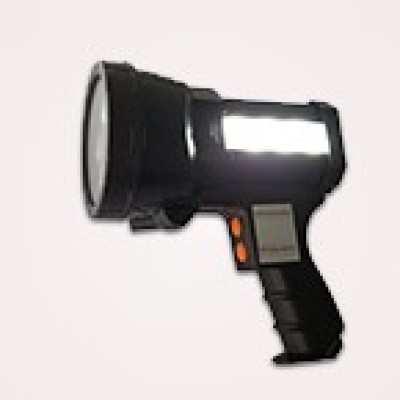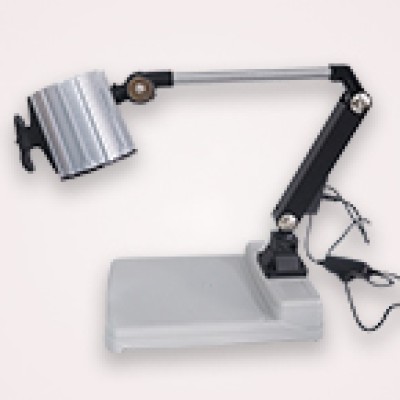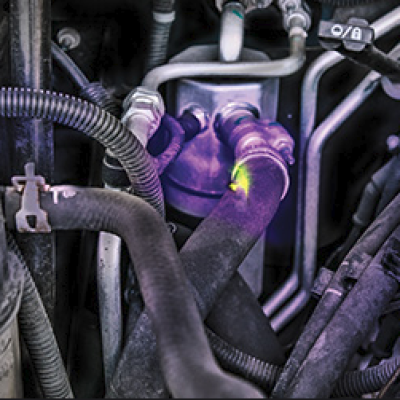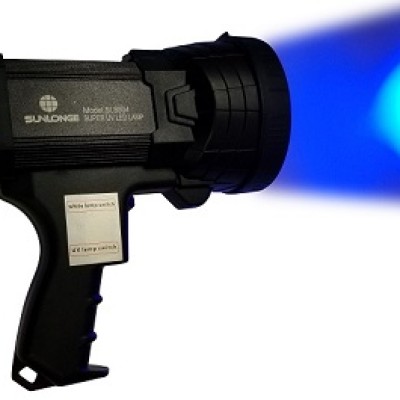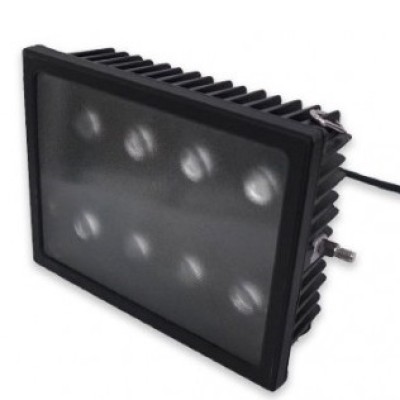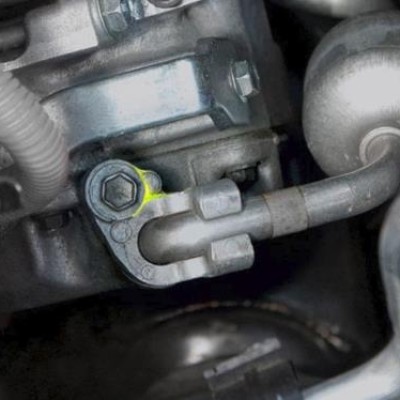Introduction
Under the boom of illumination technology, the variety of light source in detecting a sample is raised significantly, for instance, microscope light source, excitation light source and forensic light source. However, various light source is equipped with different characteristics. Accordingly, upon varying experiments and operation, to maximise the effects of illumination, multiple factors should be considered to determine the most suitable equipment to be adopted.
Introduction of Microscope Light Source
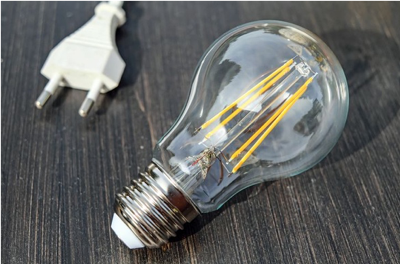
Modern microscope light source commonly installs an incandescent tungsten-halogen bulb in the reflective housing to project the light through the lens and into the substage condenser. Considering the high intensity of the light, massive heat is generated as a by-product during operation. To avoid any damage of the device from high temperature, the microscopes usually involve a fan, a built-in heat filter and cooling space. One of the weaknesses of tungsten-halogen bulb is the decay in brightness across lifetime, resulting in a lack of stability. Another weakness is its low lifetime of 2,000 hours, which is still higher than the mercury or xenon arc-lamp of 200 to 600 hours. However, given its ease in replacing the light bulb and other advantages, consisting of relatively low prices and idealness for live cell imaging, technicians frequently adopt it in microscope light source for countless applications.
Introduction of Excitation Light Source
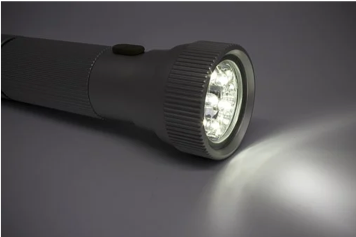
The excitation light source usually consists of LEDs. Compared with all light sources in the market, LED has the highest lifetime and stability, demonstrating that it comes as the first in term of continuous experiments. LED does not require any warm up or cool down, thus reducing the times of switching on. The maintenance costs are consequently lowered. Thereby, despite the highest upfront cost of LED, in long term, fewer additional costs are generated throughout their lifetime, carrying out a higher economic benefit. Apart from a lower cost, LED serves as the safest excitation light source. Relative to arc and tungsten-halogen lamps, which create discomfort and damage to eyes or risk of releasing toxic substances, LED results less harm in human body. Hence, the excitation light source is ranked as the first in abbreviation.
Introduction of Forensic Light Source
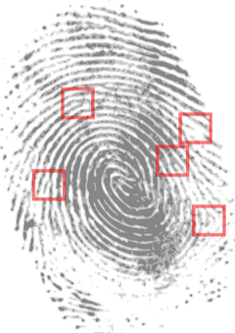
The forensic light source acts as a powerful tool for investigators in crime scene investigation. It enhances observation, photography and collection of evidence. It highlights the critical evidence which cannot be found by human eyes, for example, body fluids, bite marks and gunshot residues. Considering that investigators carry forensic light source to diverse environments, the portability and durability of the device become specifically important. Correspondingly, its size and weight are the smallest and lowest among different light source. In addition, given the diversity of evidence, forensic light source typically involves a range of lamp colours that serves different applications. Particularly, UV light is suitable for general searching and fluorescent dyes, while purple caters for the searching of skin injuries, including abrasions and bruises. Therefore, investigators should utilise the correct colour of forensic light source in order to maximise its effectiveness in crime scene investigation.
Factors for Right Light Source
Given the massive number of light sources provided nowadays, containing microscope light source, excitation light source and forensic light source, careful consideration should be carried out in deciding the right light source. The fundamental factor is the compatibility of the light source with the microscope. In particular, when adopting arc and tungsten-halogen lamps, which results in heat and vibration from cooling fans, the sample and the images to be produced may be damaged. Accordingly, technicians should adopt the microscope light source that is less powerful to avoid interference. With this example, compatibility with the scenarios demonstrates the accuracy and reliability of outputs, which remain the most vital factor in an operation.
Conclusion
With the evolution of lighting technology, different light sources appear to serve varying circumstances. For instance, microscope light source is effective for optical and fluorescence microscopy, excitation light source caters for fluorescence excitation and forensic light source specializes for criminal investigation. However, with numerous options provided, choosing the most suitable source becomes a necessary process in maximising the effectiveness of the action. Thanks to all these innovations, they have created an influencing driving force for several applications and current technological advancement.
 CN
CN

